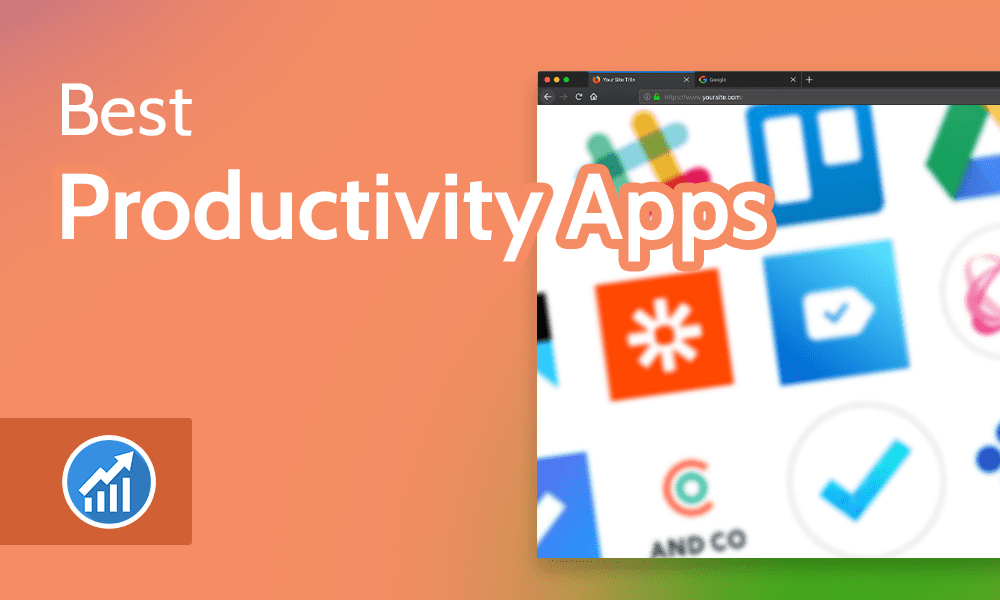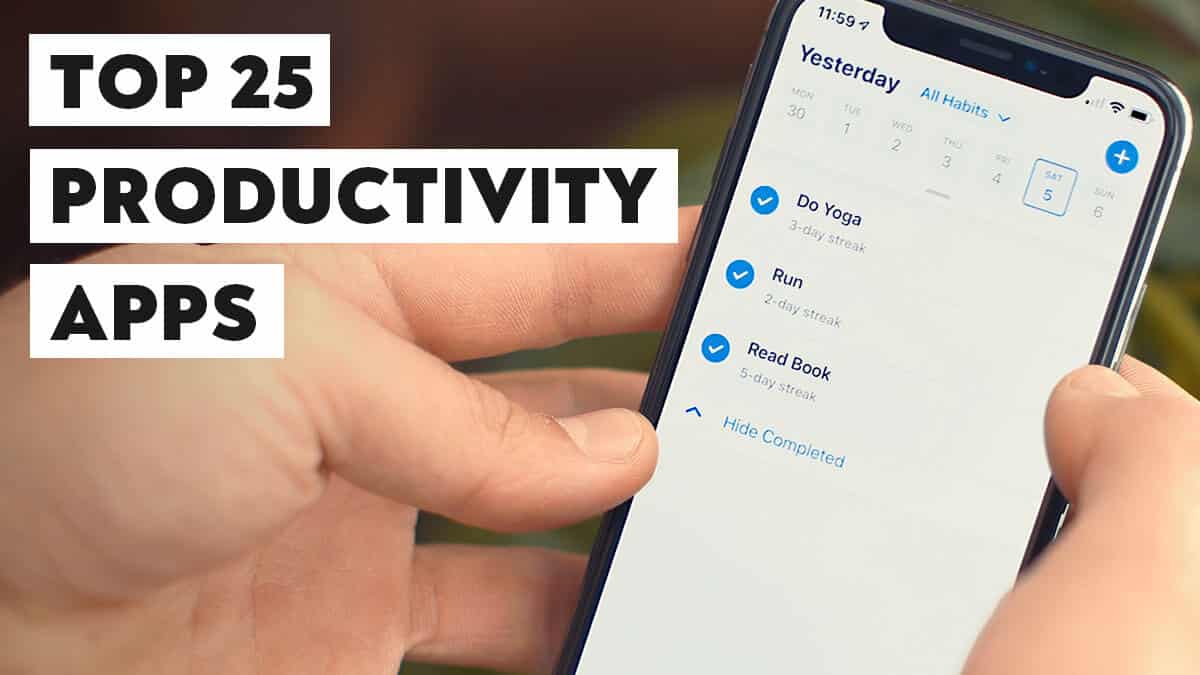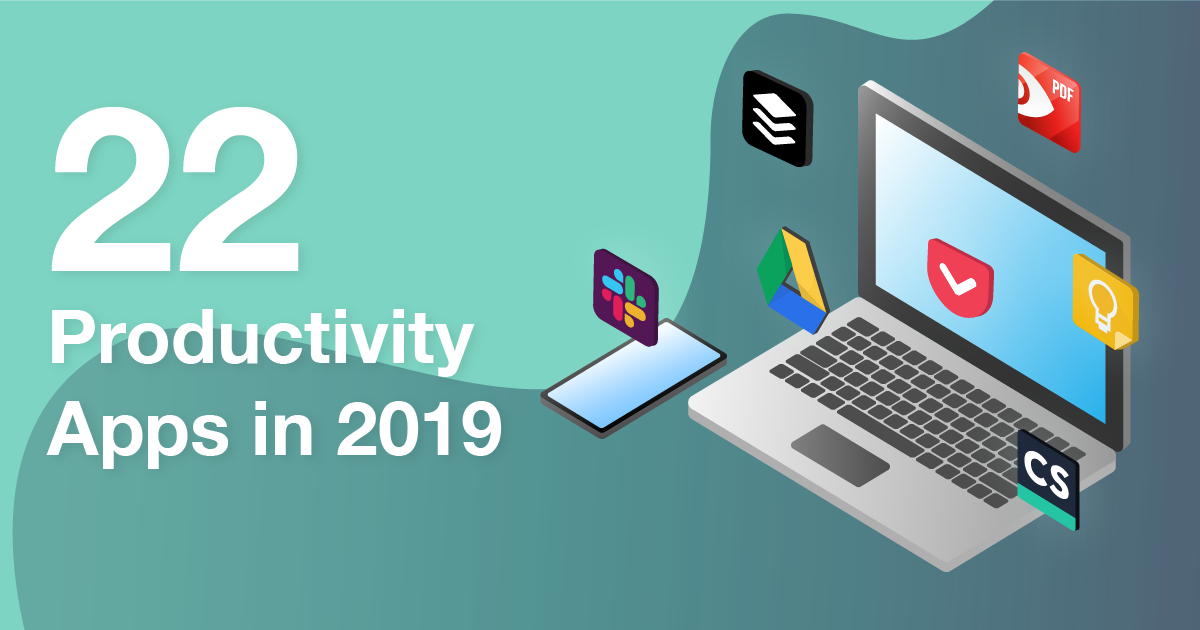Best productivity apps for personal use are revolutionizing the way we manage our time, tasks, and projects. These powerful tools empower us to streamline our workflows, enhance our focus, and achieve more in less time.
In this comprehensive guide, we’ll explore the types of productivity apps available, the criteria for evaluating them, and the top-rated apps in each category. We’ll also provide tips for using these apps effectively and discuss emerging trends shaping the future of productivity.
Introduction
In today’s fast-paced world, personal productivity has become paramount. With the proliferation of digital devices and the constant influx of information, it can be challenging to stay organized, focused, and efficient.
The advent of productivity apps has emerged as a game-changer for personal productivity. These apps are designed to help individuals manage their time, tasks, and projects more effectively, allowing them to streamline their workflow and achieve their goals.
Growing Adoption of Productivity Apps
The growing adoption of productivity apps is evident in the increasing number of downloads and positive user reviews. According to a recent study by Statista, the global productivity app market is projected to reach $6.2 billion by 2025. This surge in popularity is driven by the increasing need for individuals to manage their time and tasks more effectively.
Types of Productivity Apps

Productivity apps can be broadly classified into several categories, each addressing specific aspects of task management, information organization, and communication.
The key categories of productivity apps include:
Task Management
Task management apps help users organize and track their tasks, set priorities, and manage deadlines. Popular task management apps include:
- Todoist
- Asana
- Trello
- Evernote
Note-Taking
Note-taking apps allow users to capture and organize ideas, notes, and research. Popular note-taking apps include:
- Notion
- OneNote
- Bear
- Standard Notes
Calendar Management
Calendar management apps help users schedule appointments, track events, and manage their time effectively. Popular calendar management apps include:
- Google Calendar
- Apple Calendar
- Outlook
- Fantastical
Communication
Communication apps facilitate real-time collaboration and communication between individuals and teams. Popular communication apps include:
- Slack
- Microsoft Teams
- Zoom
- Discord
Criteria for Evaluating Productivity Apps

When selecting productivity apps for personal use, it’s essential to consider several key factors to ensure they align with your specific needs and preferences. These criteria include:
To help you make informed decisions, here’s a comprehensive table outlining relevant criteria and their descriptions:
User Interface
- Ease of navigation and intuitiveness
- Customization options and personalization features
- Visual appeal and aesthetic design
Functionality
- Range and diversity of features offered
- Efficiency and effectiveness in task management
- Automation capabilities and time-saving tools
Integrations
- Compatibility with other apps and services
- Seamless data transfer and synchronization
- Extensibility and ability to enhance functionality
Pricing
- Cost-effectiveness and value for money
- Pricing models (e.g., subscription, one-time purchase)
- Free trial or demo options for evaluation
Top Productivity Apps
Based on the evaluation criteria, here are the top productivity apps for personal use:
To-Do List Apps
- Todoist:A comprehensive to-do list app with features like task prioritization, collaboration, and project management.
- Microsoft To Do:A simple and user-friendly to-do list app integrated with other Microsoft products.
- Wunderlist:A visually appealing and intuitive to-do list app with features like shared lists and task notes.
Calendar Apps
- Google Calendar:A widely used calendar app with features like event scheduling, reminders, and calendar sharing.
- Apple Calendar:A native calendar app for Apple devices with a clean interface and integration with other Apple products.
- Fantastical:A feature-rich calendar app with natural language processing for easy event creation and advanced scheduling options.
Note-Taking Apps
- Evernote:A popular note-taking app with features like note organization, tagging, and collaboration.
- Notion:A versatile note-taking and project management app with features like customizable workspaces, databases, and integrations.
- Bear:A distraction-free note-taking app with a focus on writing and Markdown support.
Task Management Apps
- Asana:A powerful task management app with features like project tracking, team collaboration, and progress monitoring.
- Trello:A visual task management app with features like Kanban boards, card customization, and integrations.
- ClickUp:A comprehensive task management app with features like task automation, time tracking, and document management.
Habit Tracking Apps, Best productivity apps for personal use
- Habitica:A gamified habit tracking app that turns habit building into a role-playing game.
- Streaks:A simple and effective habit tracking app with a focus on consistency.
- Forest:A habit tracking app that uses a virtual tree to motivate users to stay focused and avoid distractions.
Tips for Using Productivity Apps Effectively

Unlocking the full potential of productivity apps requires a strategic approach. By implementing best practices, users can maximize the benefits, streamline workflows, and enhance their productivity. Here’s a comprehensive guide to using productivity apps effectively:
Setting up and organizing apps is crucial. Categorize apps based on functionality and create a dedicated workspace for each. Utilize folders, labels, and color-coding to maintain a structured system. Regularly review and remove unused apps to avoid clutter.
Optimizing Workflows
Tailor workflows to suit individual needs. Create custom templates, automate repetitive tasks, and set up reminders to stay on track. Integrate productivity apps with other tools like calendars, email, and file storage services for seamless collaboration.
Integrating with Other Tools
Maximize productivity by integrating productivity apps with other tools. Link project management apps with communication tools for seamless team collaboration. Connect note-taking apps with calendar apps to automatically add tasks and reminders. Explore integrations to streamline workflows and eliminate redundancies.
Emerging Trends in Productivity Apps: Best Productivity Apps For Personal Use
The productivity app market is constantly evolving, with new trends emerging all the time. These trends are shaping the future of productivity apps and making them more powerful and user-friendly than ever before.
One of the most important trends in productivity apps is the use of artificial intelligence (AI). AI can be used to automate tasks, such as scheduling appointments, sending emails, and managing finances. This can free up users’ time so they can focus on more important tasks.
Another important trend is the use of automation. Automation can be used to streamline tasks and make them more efficient. For example, users can set up automated workflows that will automatically send emails, create documents, and update databases.
Finally, collaboration tools are becoming increasingly popular. These tools allow users to work together on projects in real time. This can help to improve communication and productivity.
AI-Powered Productivity
AI is being used in a variety of ways to improve productivity. For example, AI can be used to:
- Automate tasks, such as scheduling appointments, sending emails, and managing finances
- Provide personalized recommendations, such as suggesting tasks that are most likely to be important
- Analyze data to identify trends and patterns
AI-powered productivity apps are still in their early stages of development, but they have the potential to revolutionize the way we work. By automating tasks, providing personalized recommendations, and analyzing data, AI can help us to be more productive and efficient.
Automation for Efficiency
Automation is another important trend in productivity apps. Automation can be used to streamline tasks and make them more efficient. For example, users can set up automated workflows that will automatically:
- Send emails
- Create documents
- Update databases
Automation can free up users’ time so they can focus on more important tasks. It can also help to reduce errors and improve accuracy.
Collaboration Tools for Teamwork
Collaboration tools are becoming increasingly popular in productivity apps. These tools allow users to work together on projects in real time. This can help to improve communication and productivity.
Collaboration tools can be used for a variety of purposes, such as:
- Sharing documents and files
- Communicating with team members
- Tracking project progress
Collaboration tools can help to break down silos and improve communication between team members. This can lead to increased productivity and innovation.
Conclusion
Whether you’re looking to boost your productivity at work, home, or on the go, there’s a productivity app that can help you achieve your goals. Embrace the power of these tools and unlock your full potential.
Essential FAQs
What are the benefits of using productivity apps for personal use?
Productivity apps can help you manage your time more effectively, reduce stress, improve focus, and achieve your goals faster.
What are some popular productivity apps?
Some popular productivity apps include Todoist, Evernote, Google Calendar, Slack, and Trello.
How do I choose the right productivity app for me?
Consider your specific needs and preferences when choosing a productivity app. Factors to consider include the app’s features, user interface, integrations, and pricing.
